The Wesleyan Connection: Campus Snapshot
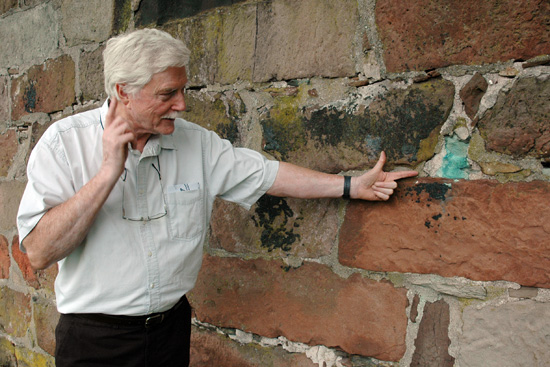 |
|
FIELD TRIPS: Jelle Zeilinga de Boer, the Harold T. Stearns Professor of Earth Science, Emeritus, took students enrolled in his Graduate Liberal Studies Program SCIE 641 Earth Resources course to the Old New Gate prison and copper mine in East Granby, Conn. July 12. Here, he points out copper sulfate in the mine ground’s walls. |
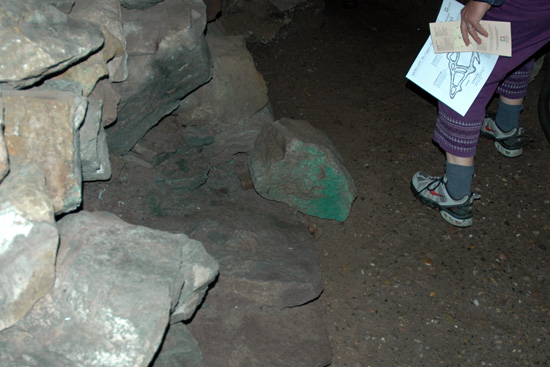 |
| Students walk near a malachite mineral-rich rock, inside the former copper mine, which opened in the early 1700s and later became Connecticut’s first prison in 1773. |
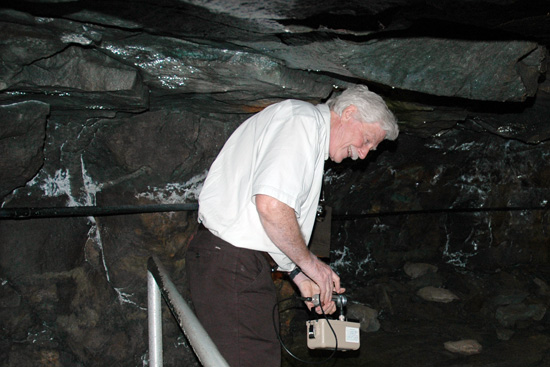 |
| De Boer uses a particle detecting instrument to locate uranium in the copper mine. His summer class studied the occurrences, origins, and usages of Earth’s principal mineral and energy resources. |
 |
| De Boer, left, leads students over limestone rock formations, more than 430 million years old, located on the edge of the Housatonic River in Kent, Conn. on July 31. |
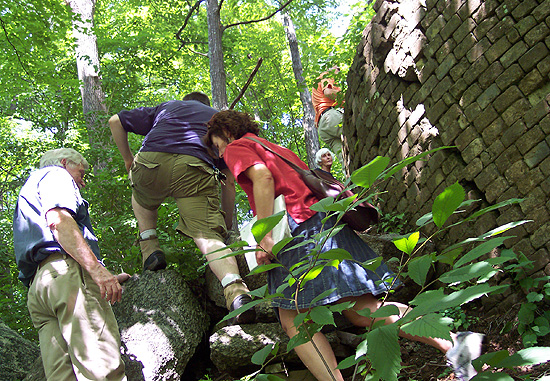 |
| De Boer, left, leads students to the top of a brick kiln, which once served as an iron smelting furnace. Built in 1826, the furnace produced Scotch “pig iron,” and was shipped down the Housatonic River. |
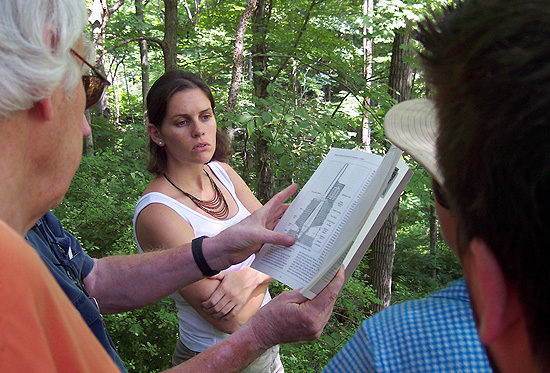 |
| Student Kelly Falvey looks at an illustration of an iron mine furnace, similar to the one sighted during the field trip. |
 |
| Students Randy Smith and Carol Morris-Scata look over two copper-rich slag rocks, found on site near the iron mine. Slag is a glassy-like waste product of the iron smelting operation. (Photos by Olivia Bartlett) |

